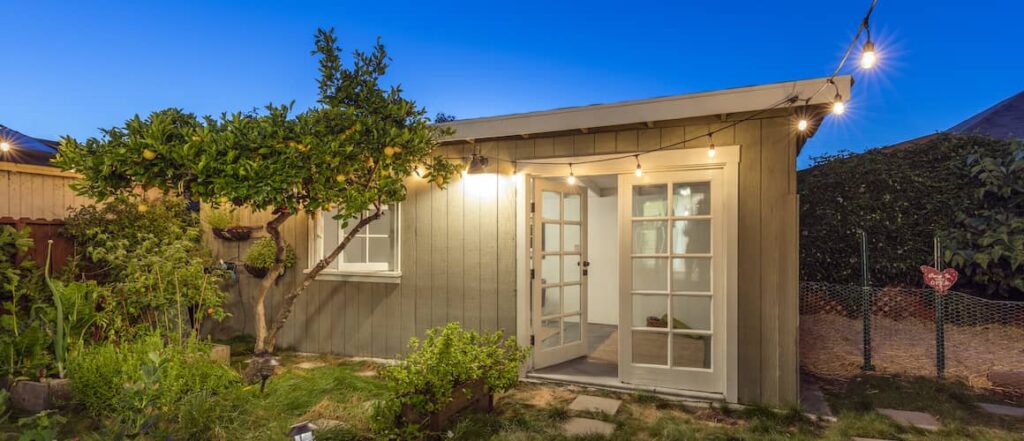Walking around your neighborhood, you may have seen windows and a door above a garage or a cottage sized home in the backyard of your neighbor’s house. What you have seen is likely an accessory dwelling unit. Interested, you may be wondering how the unit was built, if it is lawful, and how you can build your own for your elderly relative, collegiate son or daughter, or as a rental unit.
Accessory dwelling units (ADUs) are additional living quarters typically on single-family lots that are independent of the primary dwelling unit. An ADU can be an apartment within a primary residence or it can be an attached or freestanding home on the same lot as the primary residence.
Accessory dwelling units were formerly referred to as granny or mother-in law flats and are also sometimes referred to as accessory apartments, garage apartments, carriage houses, and backyard cottages. ADUs were a common feature of early 20th century development in America but their use dwindled with the onset of single-family suburb. ADUs were rarely included as an eligible use in municipal codes regulating land use, zoning, and general land development regulations.
The tide is changing. Increasingly, local governments see the benefits that ADUs provide and are changing their zoning codes to allow ADUs as a lawful use in single-family neighborhoods.
ADUs provide many benefits for the homeowner and the community. If rented on the long-term market (typically, with a minimum six-month lease), an ADU can provide a homeowner additional income to help pay down a mortgage, meet other expenses, or provide income for investment. Due to the relatively small size of the unit and because it does not require additional land or major new infrastructure, an ADU can be a valuable affordable housing tool for low to moderate-income individuals. ADUs promote mixed-income communities where lower-income households can find an affordable home in an area that may have greater employment and educational opportunities. If not rented, an ADU can provide numerous other benefits. ADUs can be used by elderly or disabled individuals that strive for continued independence.
An elderly or disabled individual could remain in their home and use an ADU for their caregiver. ADUs can also provide for family flexibility. The ADU can be used as a “granny flat” for elderly members of a family to help them age-in-place near the comfort of the family unit. With an ADU, a young adult could continue to live with their parents, but in a separate unit, as he or she works towards economic independence. Further, when developed close to employment centers, an ADU can reduce a person’s reliance on transportation, providing additional benefits to society through environmental and energy cost savings.
